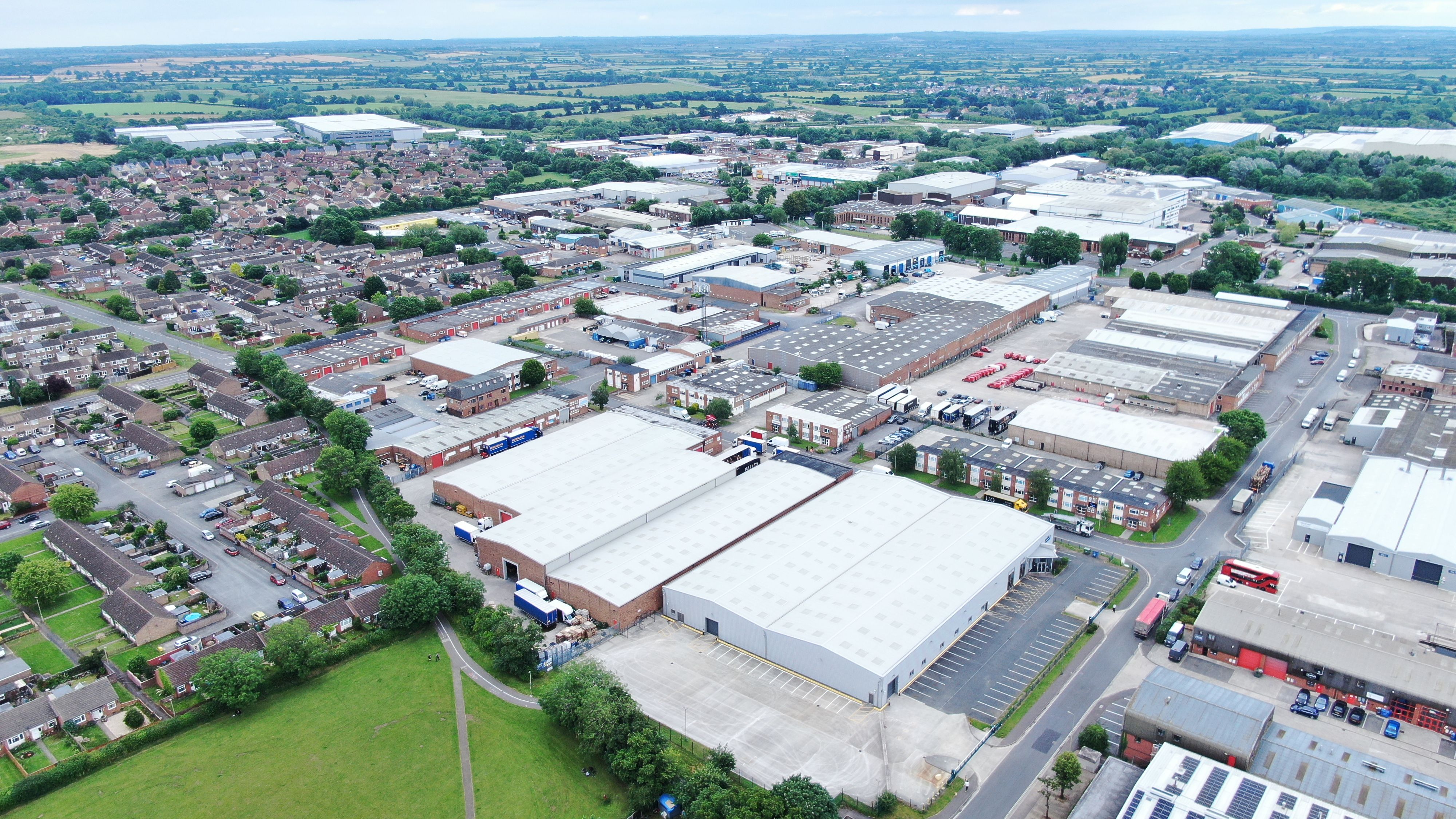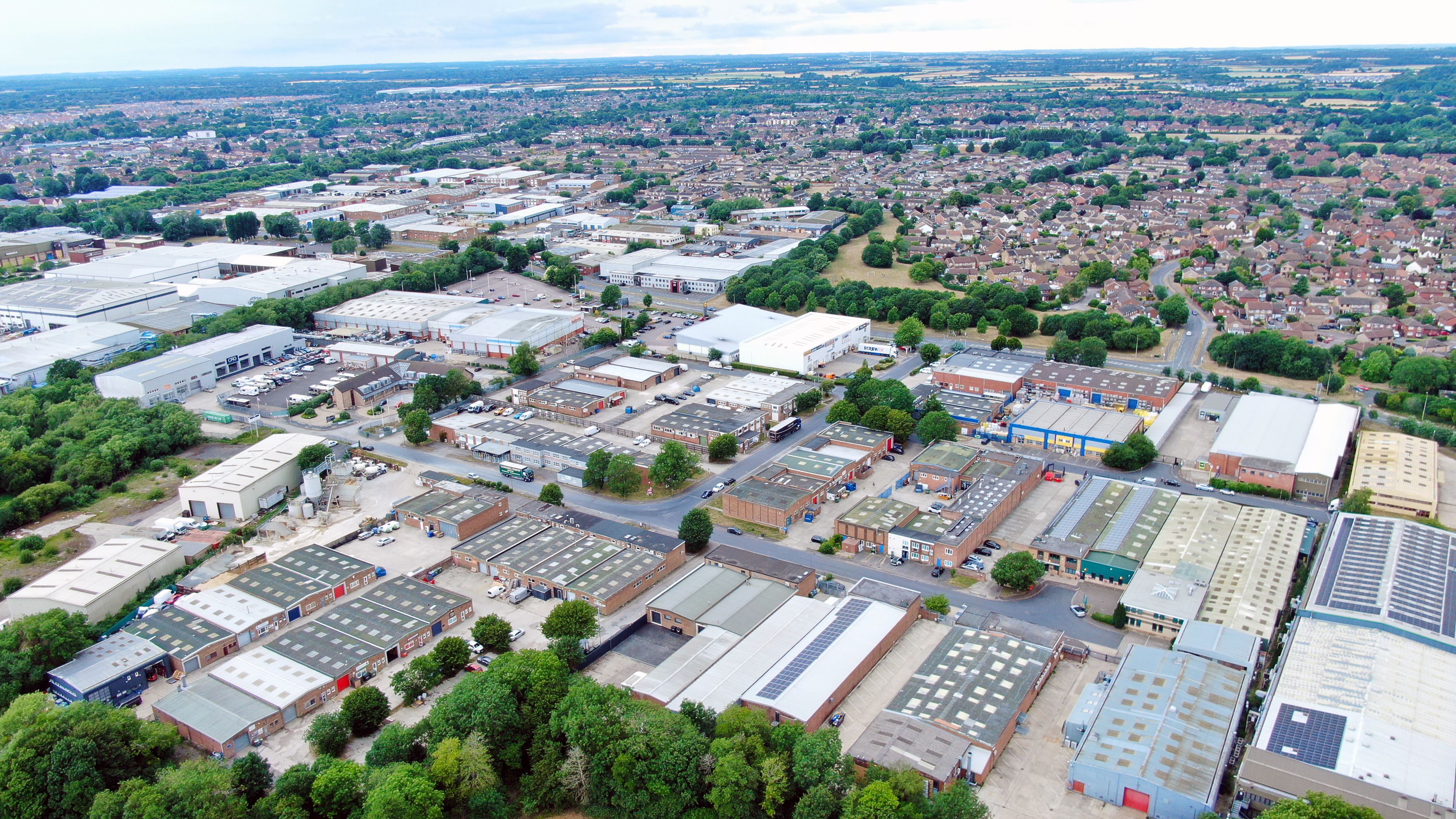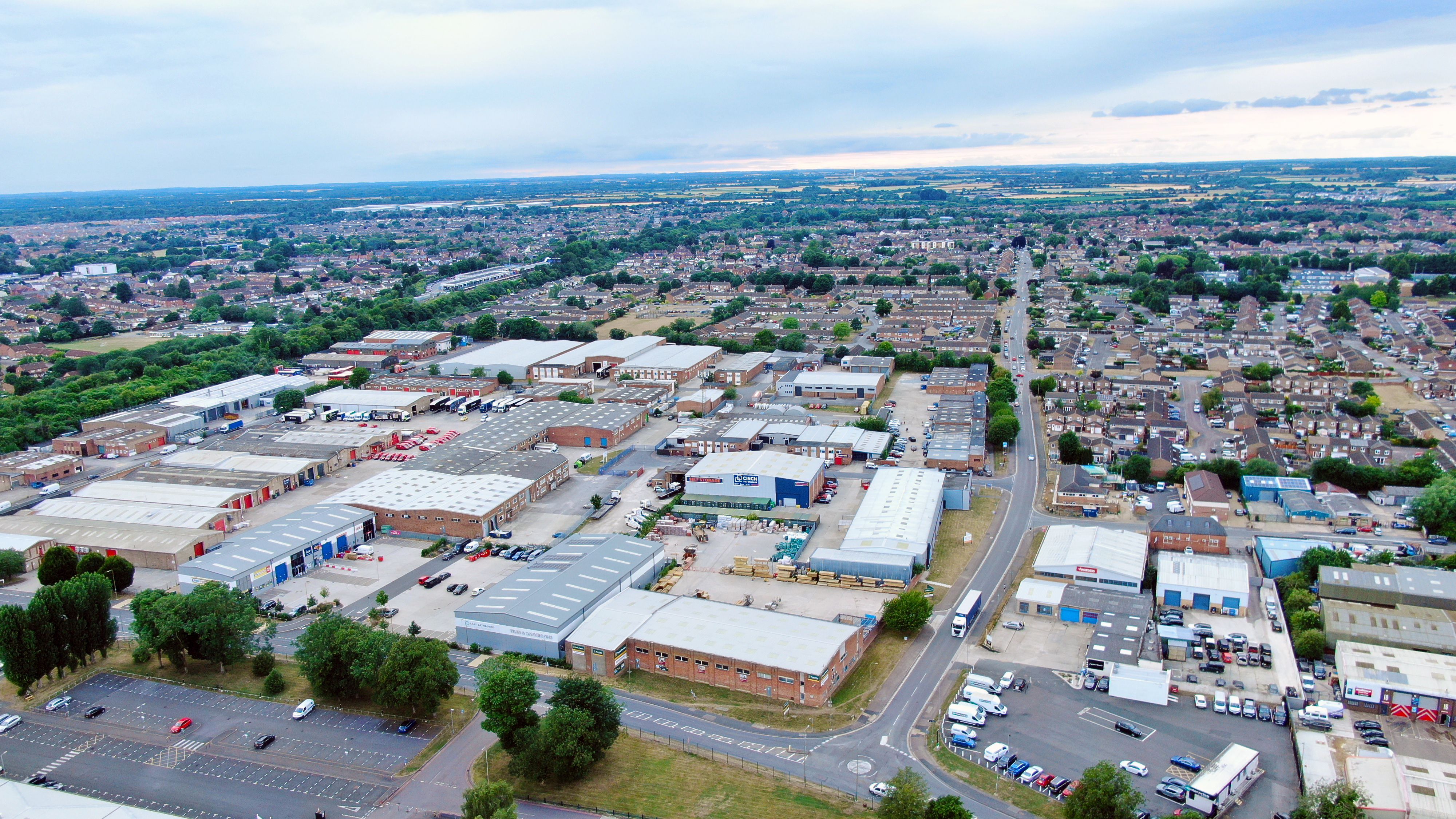Overview: White Commercial’s View on the Commercial Property Market in Bicester in Context

Overview - Bicester in Context
Bicester, in Oxfordshire, lies at the crossroads of opportunity: close to the M40, within reach of Oxford, Banbury and the Midlands, and forming part of the the Oxford–Cambridge growth corridor. Its status as a rising commercial hub is underpinned by infrastructure, population growth, and strategic investment. The commercial property market in Bicester is now showing significant momentum across industrial, retail, office, and mixed-use sectors.
Key strengths:
• Proximity to Junctions 9 and 10 of the M40, giving excellent motorway access to London, Birmingham and beyond.
• Good rail links (e.g. to Oxford and London Marylebone).
• Growth in residential development and local catchment, boosting demand for retail and service uses.
• A pipeline of industrial/logistics and business park schemes seeking to capitalise on Bicester’s strategic geography.
In short: Bicester is no longer a “secondary” market — it’s becoming a prime destination for sale in Bicester, rent in Bicester, and other commercial property activity.
Industrial, Logistics & Distribution Sector
Demand & Trends
The industrial and distribution sector remains a core engine of the Bicester commercial property market. Because of its strategic location, there is strong demand for distribution warehouses, logistics hubs, R&D plus manufacturing units, especially in schemes near motorway access.
Landlords and developers are responding: large-scale logistics parks, refurbishment of legacy stock, and speculative build-to-suit schemes are being advanced. This is largely driven by occupiers seeking modern specification, flexible layouts, and efficient access to markets.

Stock & Availability Examples
(September 2025)
• B4 & B5 Telford Road, Bicester, OX26 4LD — To let, industrial / logistics / office units between ~12,893 sq ft and 26,533 sq ft.
• A3 Telford Road, Bicester, OX26 4LD — To let, ~5,260 sq ft industrial / trade counter.
• 30 Murdock Road, Bicester, OX26 4PP — A large industrial/ logistics unit with 38,977 sq ft for rent (terms by negotiation).
• 59 Murdock Road, Bicester, OX26 4PP — To let, ~5,817 sq ft.
• Cabot Bicester, Axis J9, Middleton Stoney Road, Bicester OX26 1RT — Industrial / logistics / large unit options to let.
All of these units reflect a good spread of sizes—from mid-sized units (5,000–15,000 sq ft) to large facilities (30,000+ sq ft). The market shows that both smaller occupiers and large logistics firms are active here.
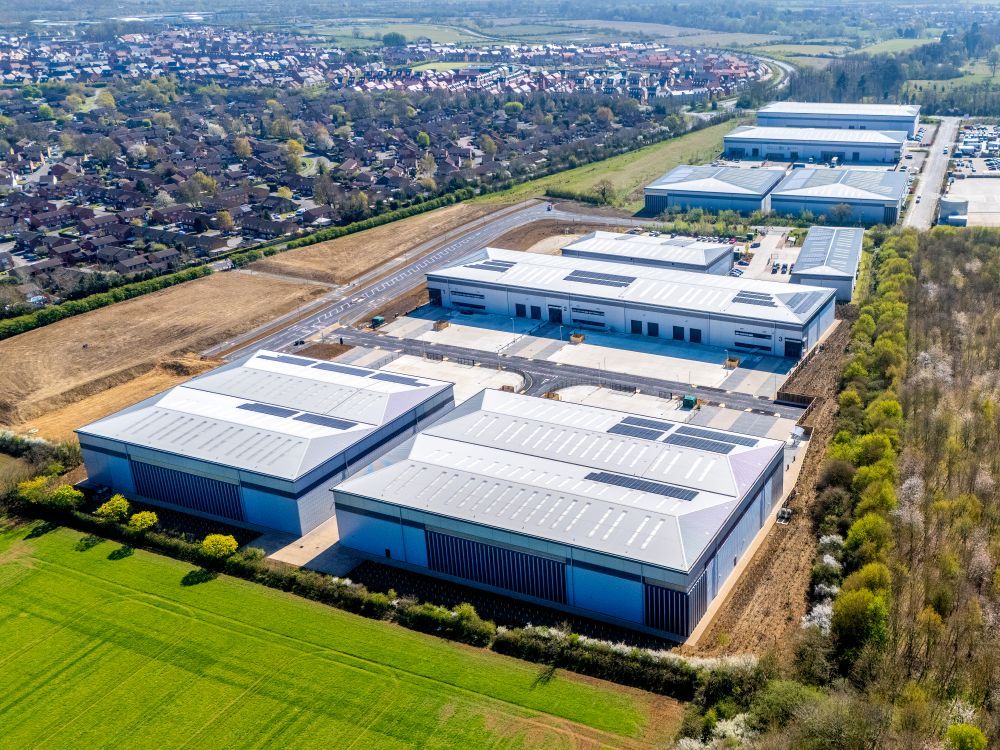
Markets & Implications

• Rental levels and incentives are competitive relative to southern markets; tenants can often secure more favourable terms outside the “premium” London / Oxford belts.
• Investor appetite is strong. Logistics yield compression is evident; however, quality, location and covenant strength remain critical.
• The trend toward ESG, low emissions, and modern power / EV infrastructure means older stock is being retrofitted—or replaced.
Retail & Town Centre / High Street Sector
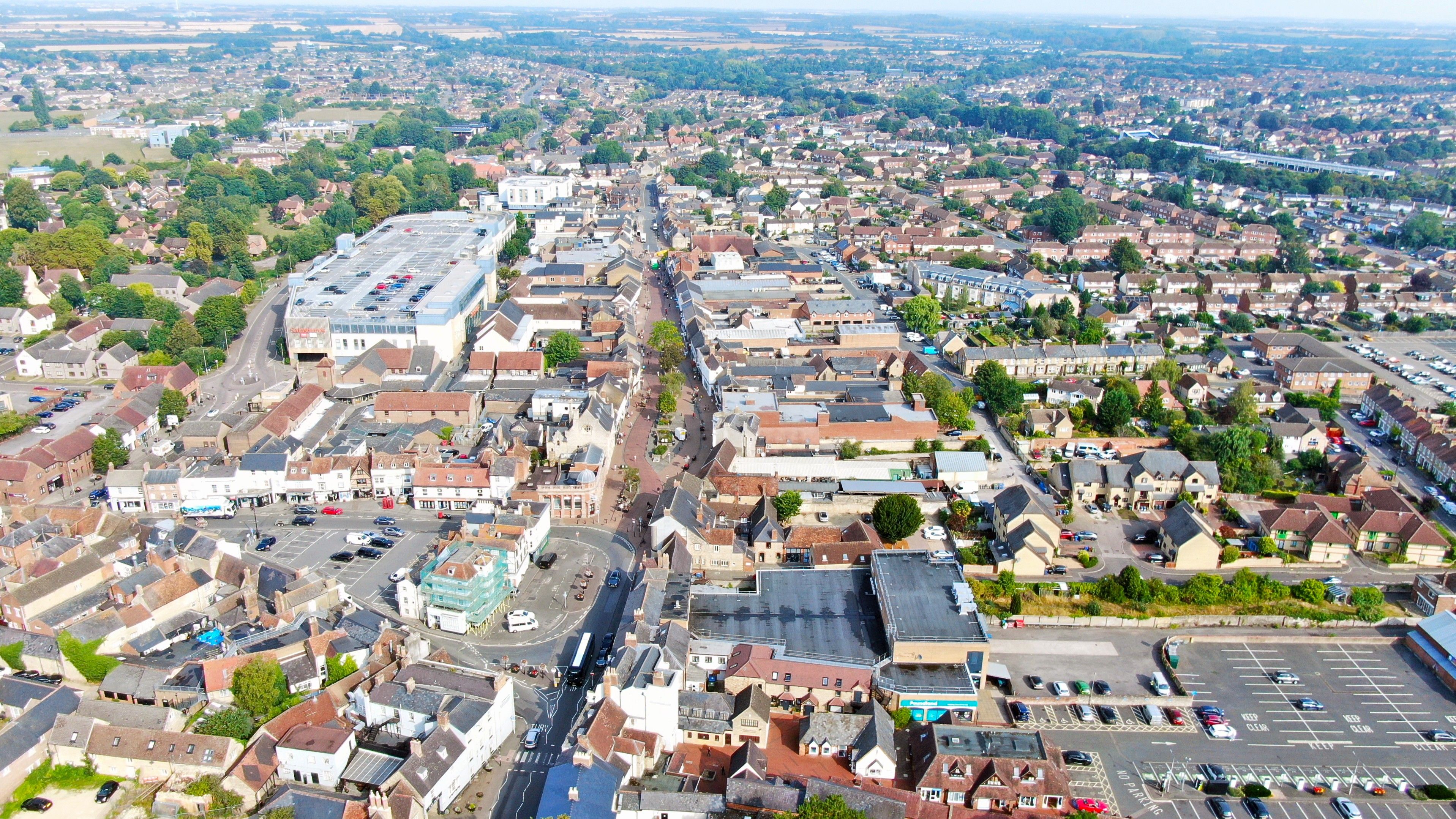
The retail and high street side of the market in Bicester is under different pressures. While broader retail trends face headwinds (online competition, cost pressures), Bicester benefits from some structural advantages:
• Bicester Village (the designer outlet) draws strong footfall and international visitors, lifting the town’s retail profile.
• The town centre (Market Square, Sheep Street, North Street, Church Street) continues to be the core for local retail, services, food & beverage, independent and branded retailers alike.
• The catchment is strong: Bicester now draws from a wide local and semi-regional catchment with a population that is expanding.
However, retail availability is fairly constrained; good premises are leased quickly. Vacant units tend to turn over fast or be snapped up for mixed-use conversion.
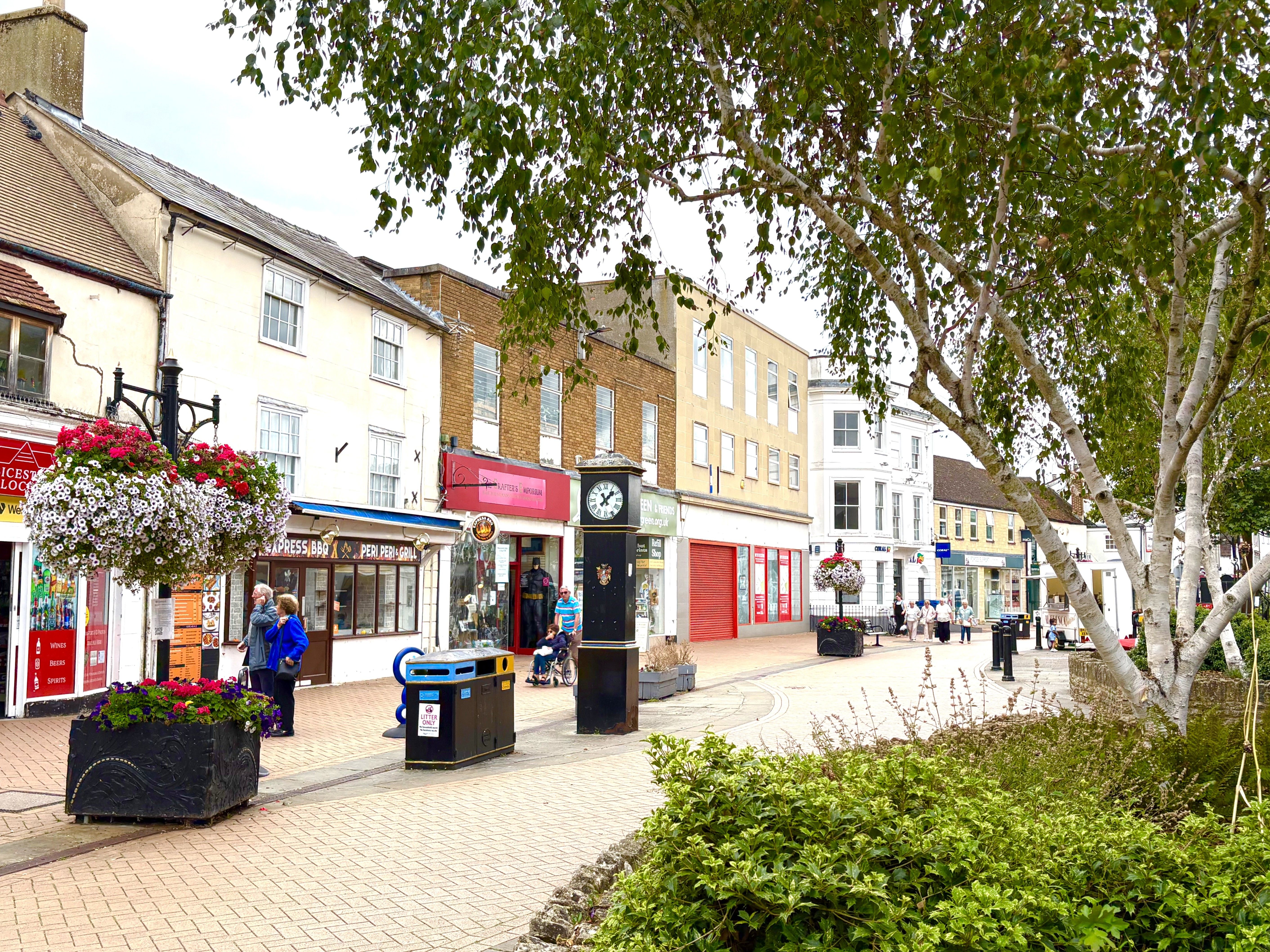
Representative Listings & Opportunities
A few examples as of September 2025:
• 36 Market Square, Bicester, OX26 6AG — For Sale, 4,951 sq ft (offers in excess of ~£1,000,000).
• 3 Market Square, Bicester, OX26 6AA — To let, 21,832 sq ft (office/retail/leisure) for £125,000 per annum. whitecommercial.co.uk
• 1–3 Sheep Street, Bicester, OX26 6JD — Under offer, 2,090 sq ft (retail unit).
• 12 Sheep Street, Bicester, OX26 6TB — To let, 5,898 sq ft, rent £75,000 per annum.
• 1 Churchill Road, Bicester, OX26 4PZ — To let, 5,171 sq ft retail / trade counter £47,500 per annum.
These examples illustrate the mix of smaller retail units, mid-sized high street spaces, and those with an opportunity for re-use / conversion.
Challenges & Outlook
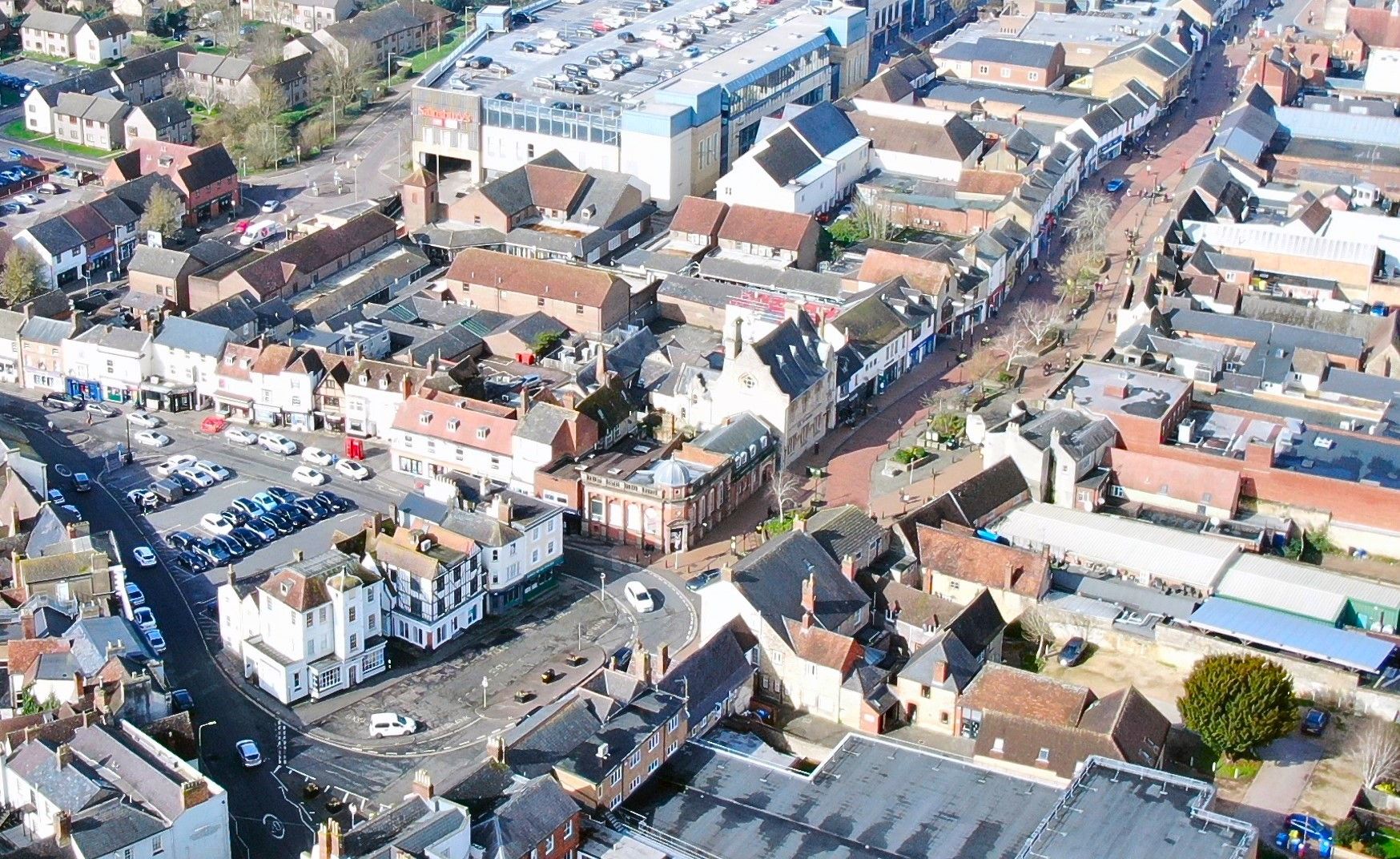
• Rent growth in prime high street zones (Market Square, Sheep Street, North Street) is modest but steady; margins are under pressure.
• Many investors now look for mixed-use redevelopments or regeneration—blending retail, leisure, residential and flexible workspace.
• The shortage of good tenancy stock means tenants may accept premium rents or longer leases to secure location.
Office & Flexible Workspace
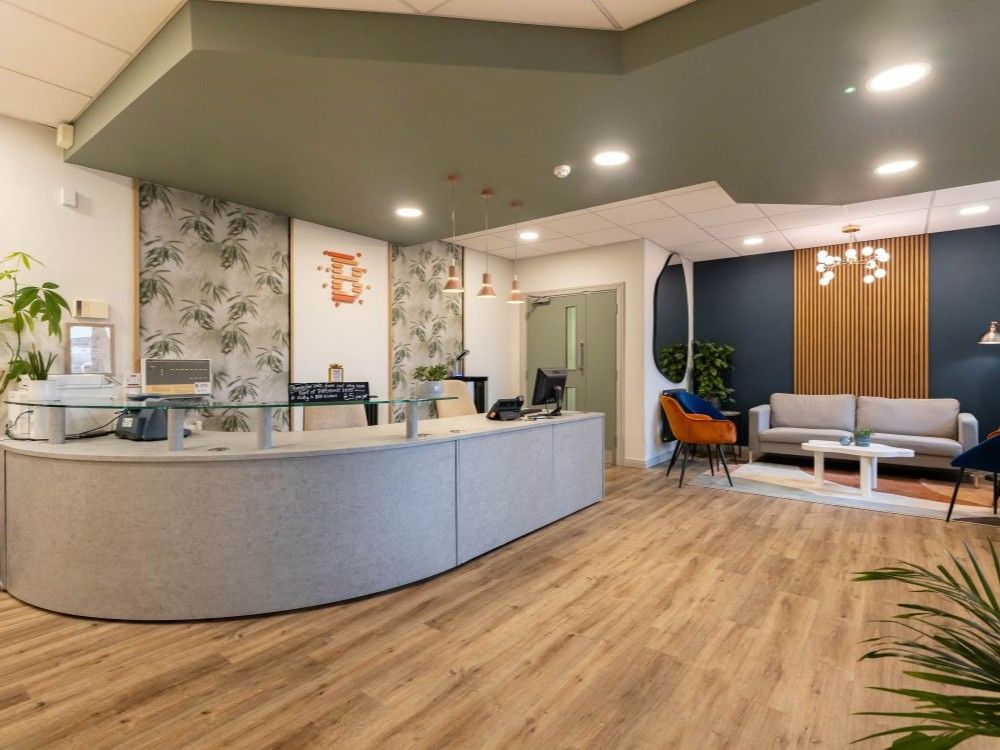
The office sector in Bicester is more modest compared to industrial and retail, but it plays a key supporting role—especially for SMEs, professional services, tech and hybrid working models.
• Bicester Innovation Centre, Telford Road, OX26 4LD — Offer small flexible units (215 to 912 sq ft), targeting smaller occupiers or start-ups.
• Cappis House, Telford Road, OX26 4LD — To let, between 3,915 and 8,846 sq ft (office / logistics mix).
• Claremont House, 1 Market Square, OX26 6AA — Under offer, 3,514 sq ft, mixed office / residential conversion potential.
• Rear of 2 North Street, Bicester, OX26 6ND — For Sale, 1,252 sq ft (office / conversion) price £235,000.
Demand is mainly from small to medium firms; flexible leases, coworking style, and plug-and-play space are preferred. While Bicester can’t yet compete with Oxford or central London for prestige office tenants, it is attractive for cost-conscious firms wanting good connectivity.
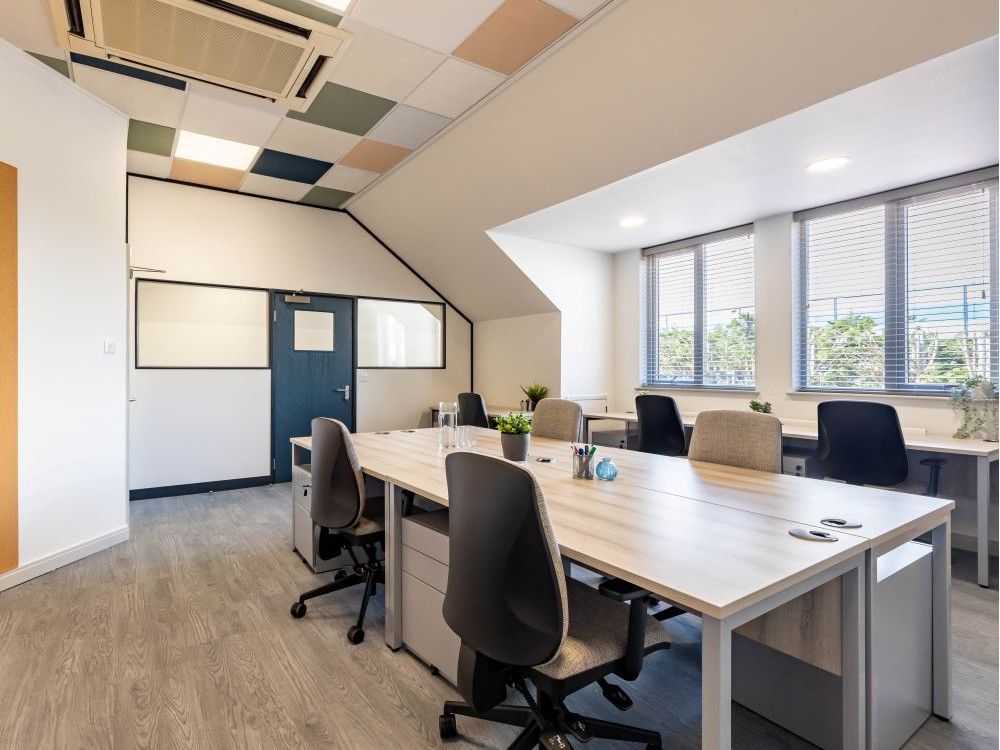
Business Parks, Mixed-Use & Growth Nodes
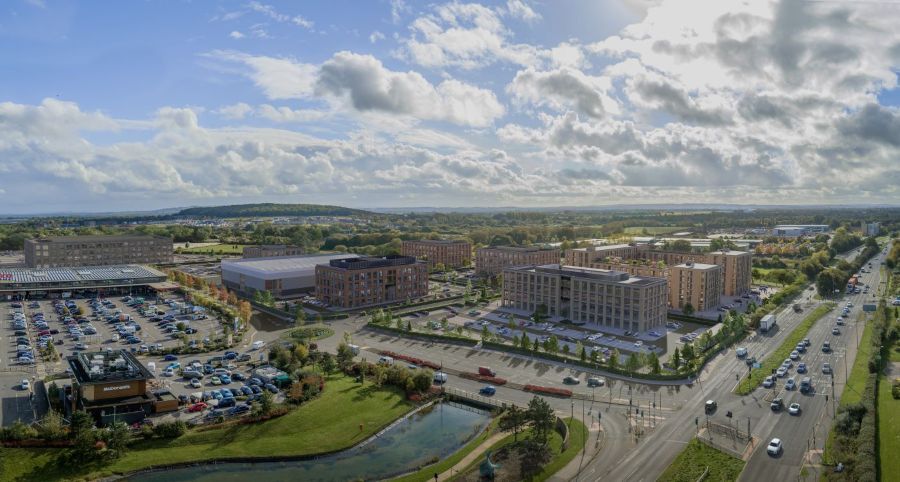
To support the upward trajectory, business parks and master-planned commercial nodes are central to the Bicester opportunity landscape.
Bicester Arc is a major new development shaping the Bicester commercial property market. Just five minutes from Junction 9 of the M40, the 48-acre site has outline consent for over 600,000 sq ft of office, laboratory, R&D and hybrid space.
With a dedicated 13.7 MVA power supply, high sustainability standards, and excellent links to Bicester town and rail, it offers occupiers the flexibility and modern specification often lacking in existing stock. Alongside a 15-acre eco-park, Bicester Arc strengthens opportunities for both rent in Bicester and sale in Bicester, particularly for businesses needing scale and future-proofed facilities.
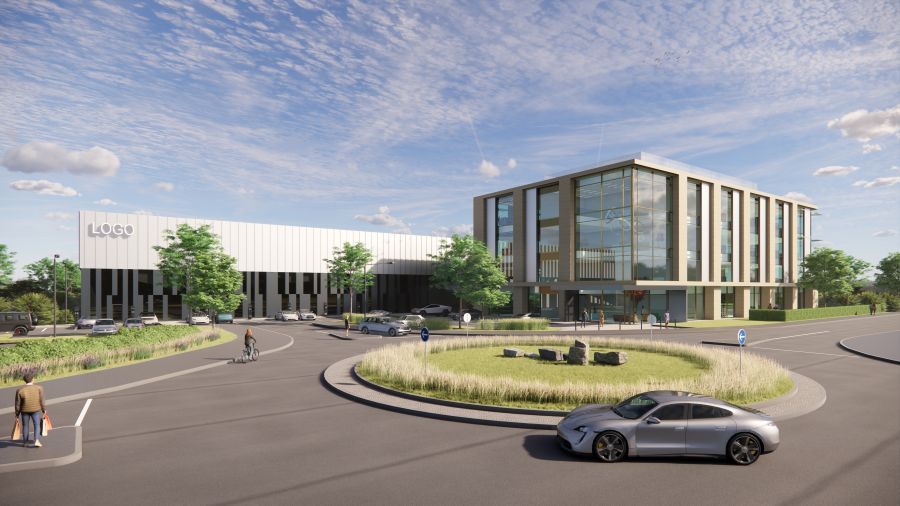
Other Notable Schemes
• Symmetry Park Bicester — One of the leading logistics / industrial parks serving the region.
• There is a pipeline for large distribution and logistics parks near Junction 9 and Junction 10 of the M40, as well as development zones around Link 9, Axis J9, and Graven Hill.
• Baynards Green Business Park, Baynards Green, Bicester, OX27 7SG — An investment sale comprising 32,615 sq ft mixed use industrial / office scheme.
• Mixed-use nodes combining retail, office, light industrial, and residential are increasingly considered in town centre edge sites or redevelopment zones.
These nodes help decentralise activity, ease town centre pressure, and provide scale for modern tenants.
Market Dynamics & Drivers

Supply vs Demand
• The supply of quality commercial property in desirable locations (town centre retail units, motorway-adjacent warehouses) remains constrained.
• Many vacant properties are legacy stock that require refurbishment or redevelopment to modern standards.
• Demand is healthy across sectors: logistics players, local retailers, SMEs seeking more cost-effective offices.
Rental Growth & Yields
• In industrial / logistics, rent growth is steady; incentives and landlord contributions (fit-out, landlord works) play a strong role in deal structuring.
• In retail and high street, rents tend to moderate growth, particularly in secondary zones; prime spaces (Market Square, Sheep Street) can command premium levels.
• Yields have compressed (especially in industrial/logistics) because investors value the long-term asset stability.
Risk & Challenges
• Rising construction, energy, and financing costs can inhibit speculative development.
• Planning constraints, especially in and around the town centre, may limit expansion.
• Retail structural headwinds (online competition, consumer behavior shifts) mean that retail investments carry more caution.
• Obsolescence risk is real: older warehouses, offices or retail units must compete on specification, sustainability, and flexibility.

Chris White
Managing Director
-
This email address is being protected from spambots. You need JavaScript enabled to view it.

Harvey White
Commercial Property Advisor
-
This email address is being protected from spambots. You need JavaScript enabled to view it.
Your Questions Answered on Bicester
Demand is strongest in industrial/logistics because of structural tailwinds (e-commerce, supply chain reorganisation). However, prime retail in town centre zones still command attention and premium rents, though supply is tighter
Mid-sized units (5,000–20,000 sq ft) are very active, particularly in industrial / trade counter sectors. Larger facilities (30,000+ sq ft) are also being taken up, especially in business parks. For retail, units from 1,500 to 6,000 sq ft tend to see the most interest.
It’s very important. Town centre locations (Market Square, Sheep Street, North Street) enjoy high footfall and brand visibility, commanding higher rents but with more limited stock. Peripheral, motorway-adjacent sites are more affordable and better suited for industrial / logistics users prioritising scale and access.
Key risks include obsolescence (older stock lacking modern specification), rising development and finance costs, planning delays, retail structural change, and fluctuations in tenant demand. Mitigating these risks means focusing on adaptable layouts, ESG readiness, and strong covenants.
If your business aims for flexibility or growth, renting may allow you to scale or relocate more easily. Negotiate rent with stepping options or break clauses. If you foresee long-term stability and wish to capitalise on capital appreciation, purchasing a commercial property (especially in a business park or prime location) may be advantageous—provided the right asset is chosen.

